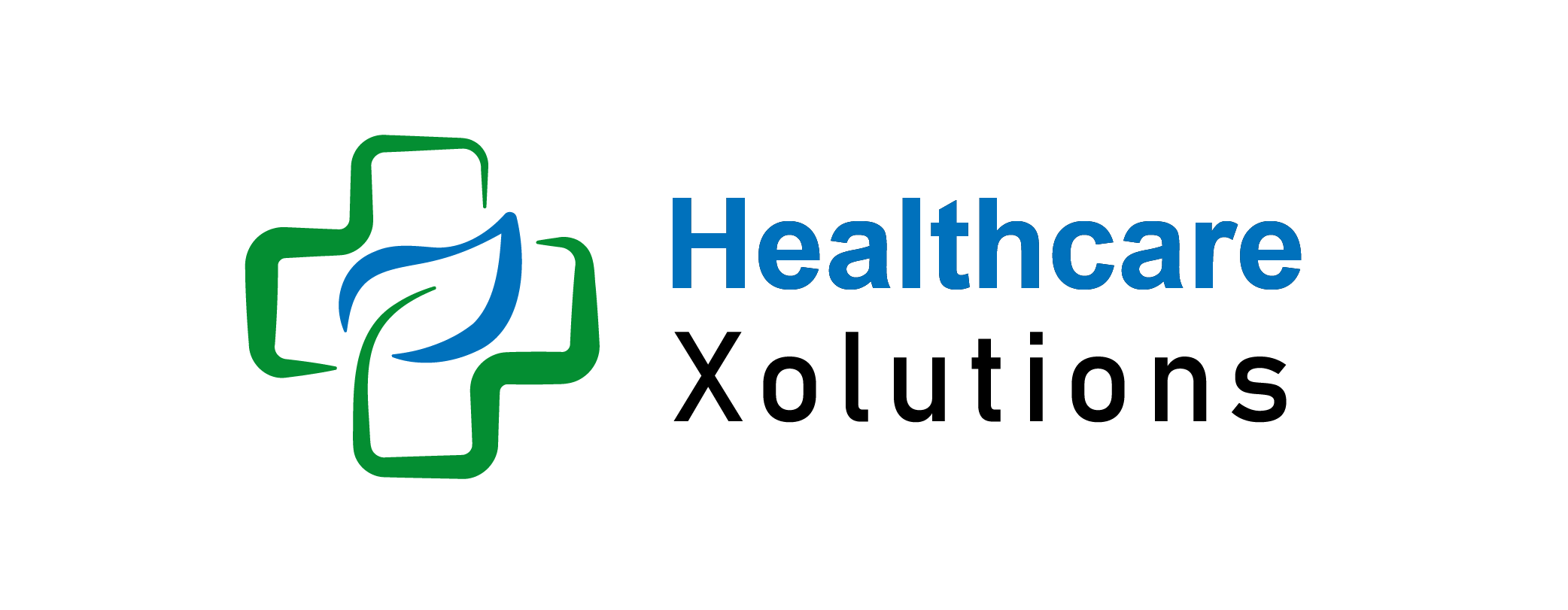How To Use A Health Saving Account Effectively | Complete Guide

Rising health insurance costs are a concern for many, but a Health Savings Account (HSA) offers a tax-efficient way to manage these expenses. When paired with a High-Deductible Health Plan (HDHP), HSAs can reduce taxes, lower insurance premiums, and help you save for future healthcare costs.
Here’s how to use your HSA effectively.
Key Takeaways:
- HSAs offer triple tax benefits: pre-tax contributions, tax-free growth, and tax-free withdrawals.
- Pair with an HDHP to save on premiums and maximize benefits.
- Funds roll over indefinitely, building a long-term healthcare nest egg.
- After age 65, use HSA funds for non-medical expenses without penalties.
- Strategic contributions and investments can significantly grow your HSA balance.
Table of Contents
What is Health Saving Account?
A Health Savings Account (HSA) is a tax-advantaged account designed for individuals with HDHPs. It allows you to save pre-tax dollars for qualified medical expenses such as doctor visits, prescriptions, and more.
Eligibility Requirements:
- Enrollment in an HDHP.
- No other health coverage, with limited exceptions like dental or vision insurance.
- Cannot be claimed as a dependent on another’s tax return.
How To Use A Health Saving Account Effectively To Save Money?
1. Tax Benefits:
HSAs offer triple tax advantages:
- Pre-tax Contributions: Reduce your taxable income.
- Tax-Free Growth: Funds grow tax-free through interest or investments.
- Tax-Free Withdrawals: Qualified medical expenses are not taxed.
2. Lower Premiums with HDHPs:
HDHPs, required for HSA eligibility, have lower premiums than traditional health plans. The premium savings can be redirected to your HSA.
3. Year-to-Year Rollover:
Unlike Flexible Spending Accounts (FSAs), unused HSA funds roll over indefinitely, making it an excellent tool for long-term savings.
4. Retirement Savings:
After age 65, HSA funds can be used for non-medical expenses without penalties (but taxed as income), functioning like a retirement account.
Maximizing Your Health Saving Account:
1. Contribute The Maximum:
For 2024, IRS contribution limits are:
- $4,150 for individuals.
- $8,300 for families.
- $1,000 catch-up contribution for individuals aged 55 or older.
2. Invest HSA Funds:
Some providers let you invest funds in mutual funds or stocks, enabling significant growth over time.
3. Strategic Spending:
Pay smaller expenses out-of-pocket and reserve your HSA for major medical costs or future needs.
4. Compare HDHPs:
Choose an HDHP with reasonable deductibles and coverage that fits your healthcare needs.
Who Benefits Most From An HSA?
- Young, Healthy Individuals: Build savings while incurring minimal expenses.
- Families: Cover medical costs for multiple members with higher contribution limits.
- Self-Employed: Tax-efficient healthcare savings.
- Near-Retirees: Save for rising retirement healthcare costs.
Conclusion – How To Use A Health Saving Account Effectively:
A Health Savings Account (HSA) is a powerful financial tool to reduce health insurance costs, save for future medical expenses, and support retirement planning. By understanding its tax benefits, contribution limits, and investment options, you can make the most of your HSA and secure financial well-being. Whether you’re managing immediate expenses or planning for the future, an HSA is an indispensable part of a smart financial strategy.
FAQs:
How does an HSA work for employees?
Employees with HDHPs can contribute pre-tax dollars to HSAs via payroll deductions.
Can I open an HSA on my own?
Yes, if you have an HDHP and meet eligibility requirements, you can open an HSA through a bank or HSA provider.
What happens if I switch from an HDHP?
You can no longer contribute to your HSA, but existing funds remain available for qualified expenses.
